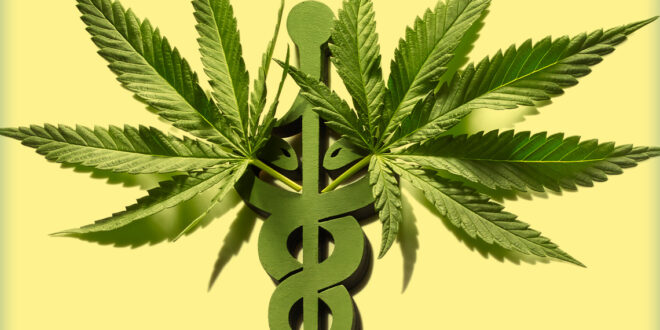Cannabis which has been legally prescribed to alleviate symptoms or cure a medical ailment is known as medicinal cannabis (or medical marijuana). Several forms of medicinal cannabis (natural and manufactured) are available on the market. However, access is strictly controlled. Investigations investigating the safety and efficacy of medicinal cannabis in treating various ailments are still in progress.
Most people associate cannabis with its use for fun and escapism. There are numerous ways to consume the Cannabis sativa plant. As an example, marijuana (the dry leaves and blooms of the plant) can be smoked, and hashish (the dried plant compound) can be cooked into foods (like cookies) and consumed.
Different forms of medical Cannabinoids
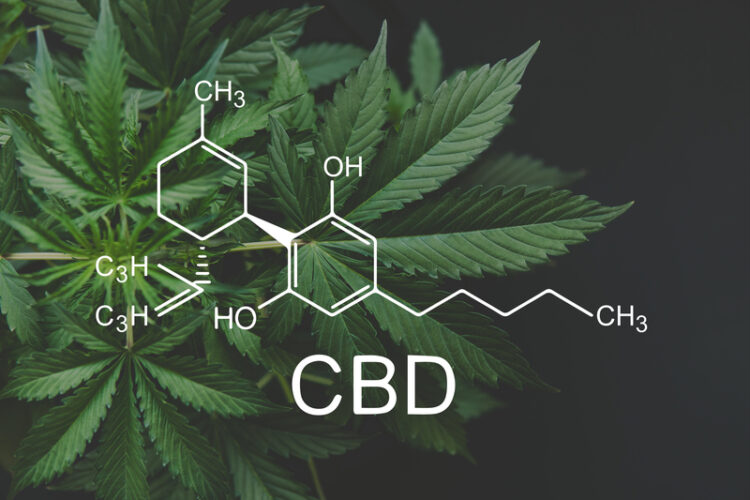
Nabiximols is a cannabis extract that has been standardized to have almost equal quantities of THC and CBD. The Australian Register of Therapeutic Goods recognizes only one medicinal cannabis brand, Sativex. Oromucosal spray is how it is administered.
In capsule form, dronabinol is a synthetic version of THC.
Nabilone, a synthetic cannabinoid, has effects similar to those of THC. It comes in a pill form that is consumed.
Herbal cannabis (plant products) that have been strictly regulated and standardized for medical purposes can also be used.
Which Form of Cannabinoids Has the Best Medical Benefits?
A tablet, capsule, oil, liquid, or spray for the mouth can all be used to provide medicinal cannabis. You can also pour it into the nasopharynx. It is possible to vaporize raw cannabis but not to smoke it and to use topical products (patch, gel, and cream) for medical purposes.
How effective is medical marijuana?
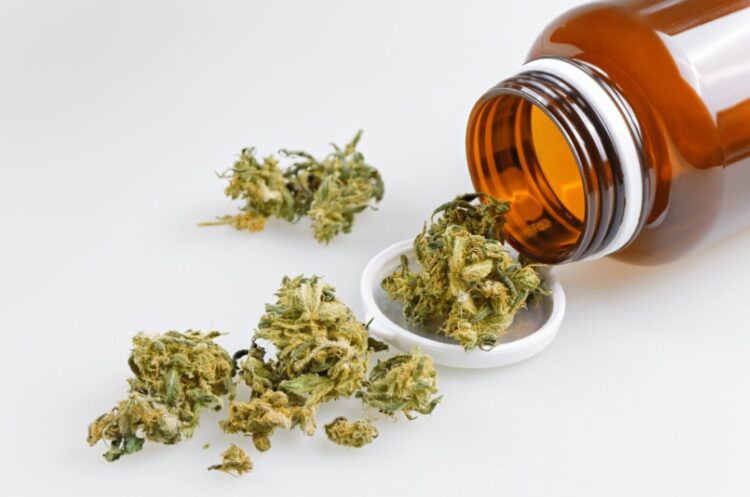
While studies evaluating its efficacy are still ongoing, the first results are encouraging. Meanwhile, further research is needed to prove that medicinal cannabis works and identify the most efficient forms and dosages. Currently, medicinal marijuana is only prescribed when other treatments have failed.
If you suffer from any of the following diseases, you may benefit from using medicinal cannabis.
Some types of chronic (ongoing) pain are relieved. Tetrahydrocannabinol (THC), or extracts rich in THC, have been studied extensively with other therapies for chronic pain. Evidence suggests that medicinal cannabis may help alleviate neuropathic pain and enhance sleep in certain people. Despite this, there is no convincing proof that it improves one’s the general quality of life or operating ability.
It relieves some of the side effects of cancer treatment. Medicinal cannabis, according to the Cancer Council Australia, may be helpful for some cancer patients as an additional pain medication, reduce nausea and vomiting during chemotherapy, and boost appetite in those who are severely underweight or weak.
The goal of treating epilepsy is to reduce the frequency and severity of seizures. Children with certain types of epilepsy may benefit from using a specific kind of medicinal cannabis (CBD).
It reduces the symptoms of multiple sclerosis (MS). Sativex, the only TGA-registered medicinal cannabis product, is suggested for MS patients with unresponsive muscular spasticity (constant contraction of muscles that produces stiffness and tightness and can interfere with functioning).
Is it legal to use medical cannabis?
Cannabis’s legal status, whether for recreational or medical purposes, varies widely worldwide and is subject to constant change. Be sure you know the rules in your country or state before you buy or use cannabis.
Under United States federal law, cannabis (the type of cannabis with more than 0.3 percent THC—enough to create a euphoric effect) is prohibited. Most states in the United States have approved their legislation, either legalizing marijuana or allowing it to treat specific medical illnesses. But even in places where medical cannabis is legal, the Drug-Free Workplace Act prohibits federal government employees and those working for companies that receive federal grant funding from using marijuana.
It’s not just the United States and Canada that permit the use of medical marijuana; several countries in Europe and South America do.
States in the United States have varying laws on marijuana. Depending on the state, qualifying patients may be issued a medical cannabis card, allowing them to purchase cannabis products from a licensed dispensary. Only a few states authorize the use of CBD for medicinal purposes. Marijuana dispensaries in states that allow recreational use are open to legal-age people. Still, some of these establishments also sell medicinal cannabis, which is restricted to those with specific medical conditions.
How safe is medicinal cannabis?
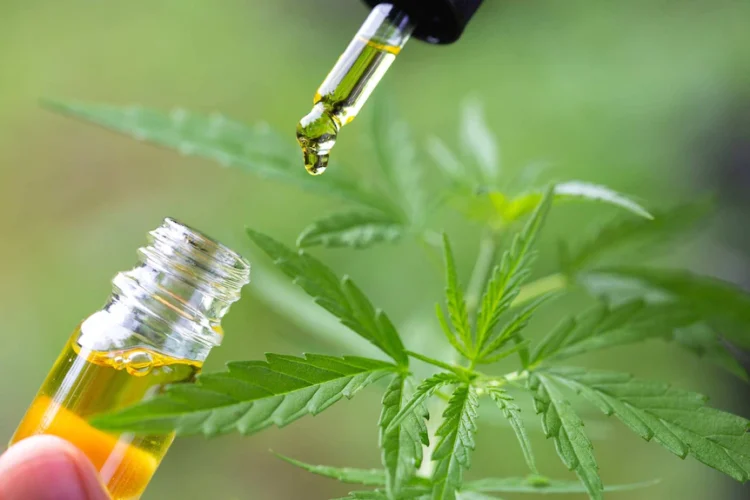
Cannabis products containing THC (the chemical that makes you feel euphoric) haven’t been studied enough to determine their long-term effects.
THC’s unknown dangers are absent from “pure” CBD medications like Epidyolex.
But in truth, most goods will contain some THC.
They include, but are not limited to:
Regular cannabis usage has been linked to a higher chance of acquiring a psychotic disorder such as schizophrenia. However, scientists believe this risk is minor when the drug is used under the supervision of a professional doctor and is appropriately controlled.
A product’s potential side effects increase directly in proportion to the amount of THC it contains.
Illegally obtained cannabis, when the quality, components, and potency are unknown, is the most harmful kind to take on account of the risks involved.
Uses of Medicinal Cannabis
It’s been effective in treating many medical ailments when used as part of combination therapy.
Some types of epilepsy, cancer pain, chemotherapy-induced nausea, and neuropathic pain (pain in the nerves) are among the conditions for which opioids are effective.
Palliative care includes medicinal cannabis in the treatment of patients nearing the end of their lives.
What is the difference between medicinal and recreational marijuana?
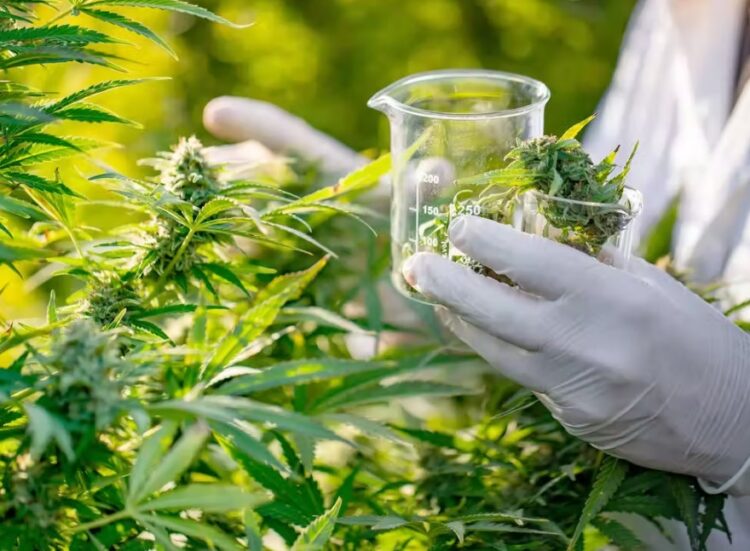
To produce medical marijuana, that must have the marijuana exclusively. Growing your marijuana or purchasing it from an authorized source is still unlawful in Australia, even if it is now allowed for approved organizations to do it.
As a medicinal product, a pharmaceutical company can guarantee the quality and quantity of its constituents. Cannabinoids and other contaminants can be found at varying levels in the marijuana you smoke. Tobacco smoke from unapproved sources (often known as “street cannabis”) has a higher risk of adverse effects, and all tobacco smoke is harmful to your health in the long run. Illegal is the non-medical uses of cannabis and the recreational use of marijuana. Visit here for more info on various cannabinoids!
 Hi Boox Popular Magazine 2024
Hi Boox Popular Magazine 2024
